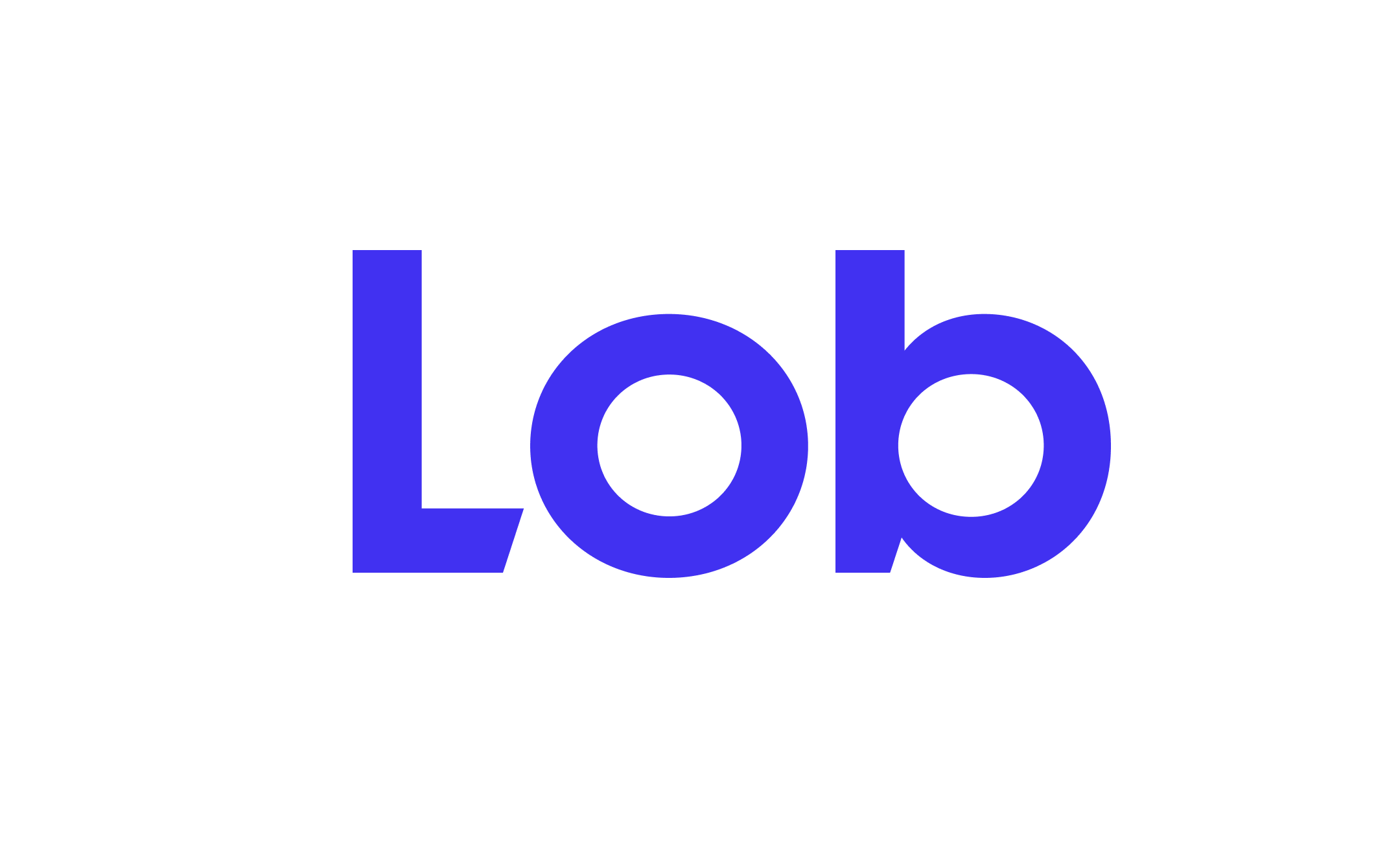Dive Brief:
- IPG Mediabrands and data platform company Zefr are extending an existing relationship to help brands avoid misinformation for campaigns across social media platforms, according to information provided to Marketing Dive.
- Mediabrands clients will gain access to Zefr’s customized pre-campaign Media Responsibility Profiles. Customized dashboards will help them avoid user-generated misinformation while custom video algorithms will improve responsible artificial intelligence in programmatic video.
- IPG performance unit Kinesso is powering these measures. The initiative calls attention to the costs of having ads appear alongside misinformation, an issue of bigger concern among marketers amid a contentious election cycle and the rise of generative artificial intelligence (AI) and deepfakes.
Dive Insight:
With ad dollars continuing to flow into social media even as brand safety concerns are heightened, Magna and Zefr are calling attention to how misinformation can affect a brand’s reputation. The move is part of IPG’s previously announced Media for Good efforts, which focus on driving impact in the areas of brand safety, media responsibility, marketplace equity and sustainability.
Marketers are gearing up for what’s expected to be a highly charged election season with concerns including generative AI and deepfakes. Social media, the focus of IPG and Zefr’s new tools, sits at the center of brand safety concerns for many marketers, as evidenced by TikTok recently introducing new controls on this front and Hyundai pausing ads on X, the platform formerly known as Twitter.
Advertising revenue overall is expected to climb 13% this year due to the 2024 political cycle and events like the Olympics. Social media and short-form digital video are likely to capture more of that market growth compared to the other channels, per IPG-owned agency Magna’s latest ad forecast.
With the climbing investment in social media, brands can’t ignore misinformation. A trial of social media users revealed that 47% believe a brand’s integrity is compromised when ads appear alongside such misleading material. Adjacency to misinformation results in lost impact, which leads to wasted spending, according to a new report from Magna and Zefr that is based on a test of ad effectiveness among 2,000 participants in the U.S. who browsed an in-feed social media experience.
Media placements alongside misinformation can also actively work against specific brand missions. Fourty-four percent of social media users said they would openly question a company’s sustainability efforts if its ads appeared next to environmental misinformation. While the research shows political and AI-generated misinformation can easily be spotted by social media users as fake, science-related misinformation is harder to detect, so advertisers should take extra care regarding such placements.












